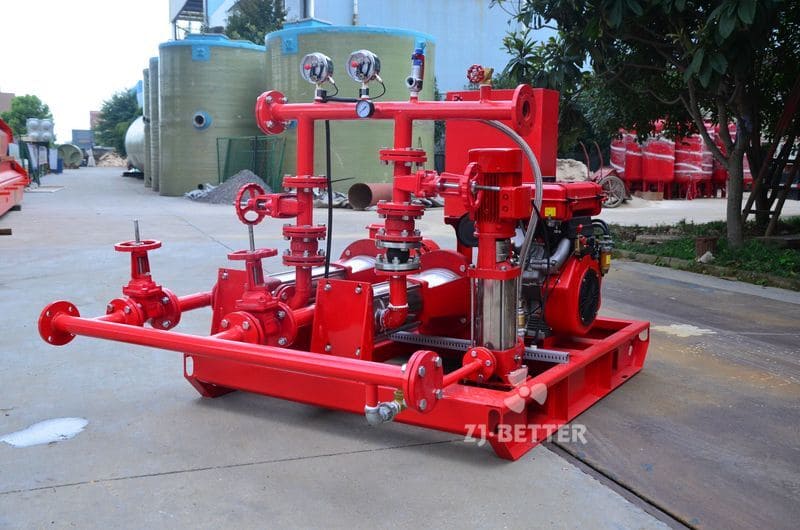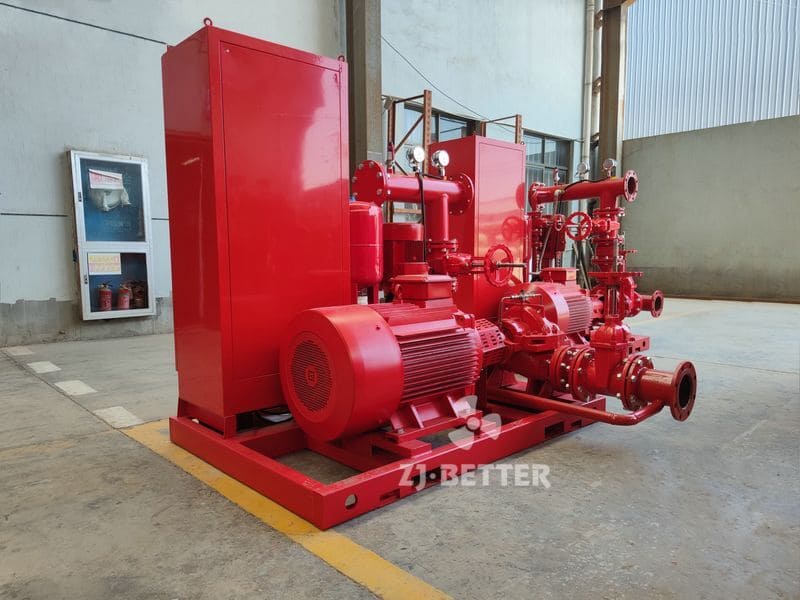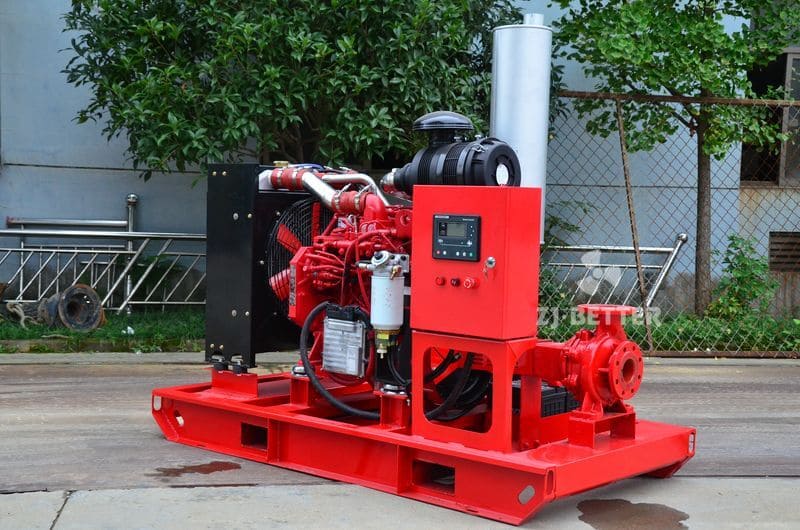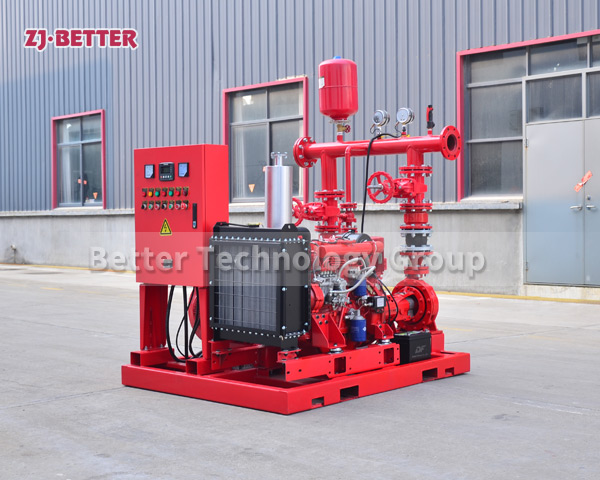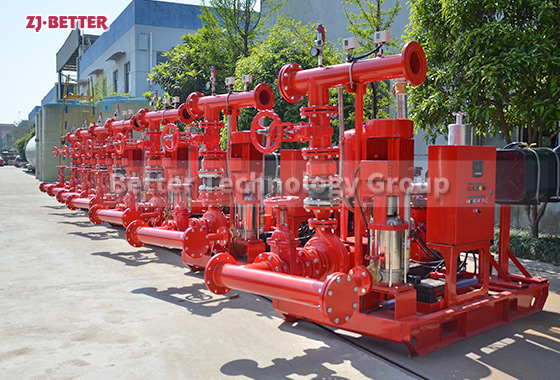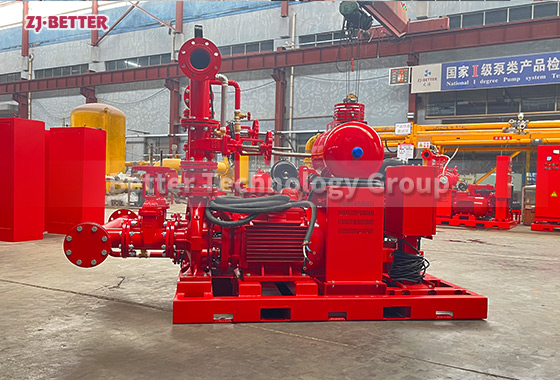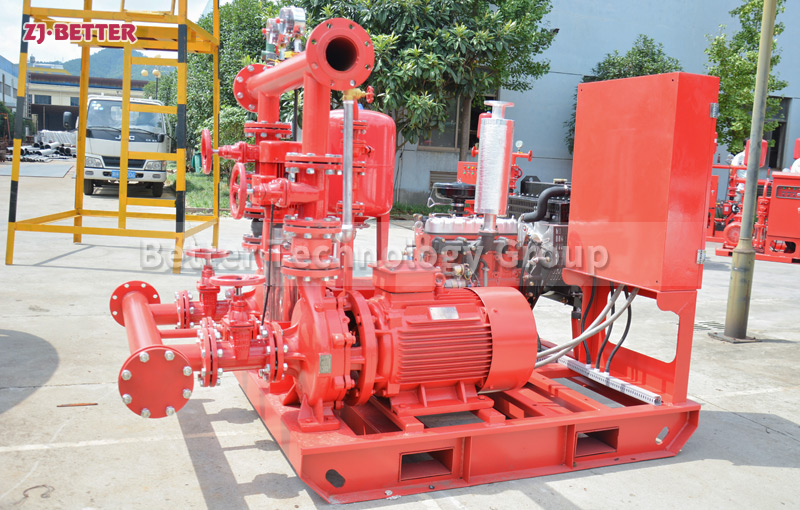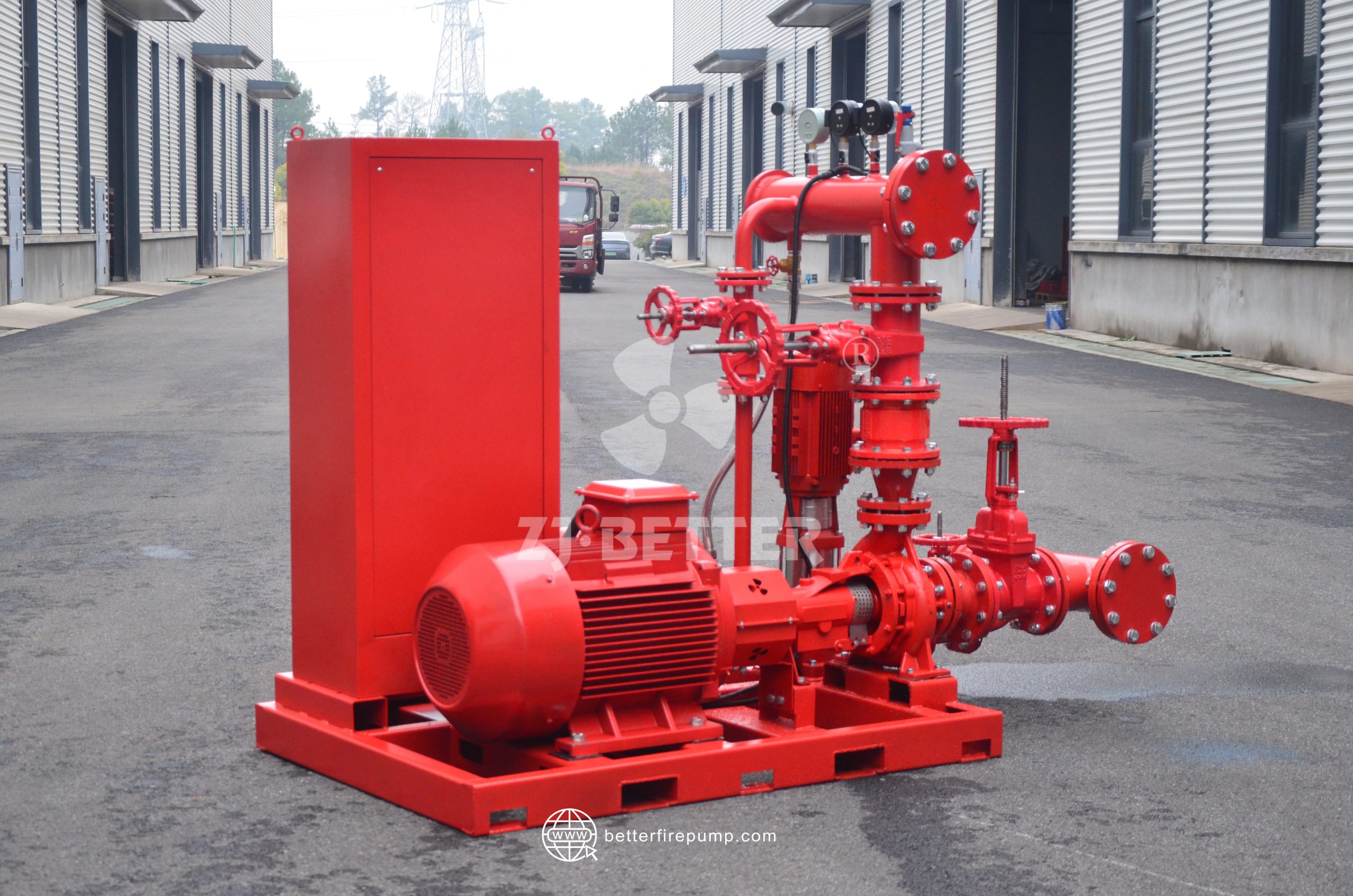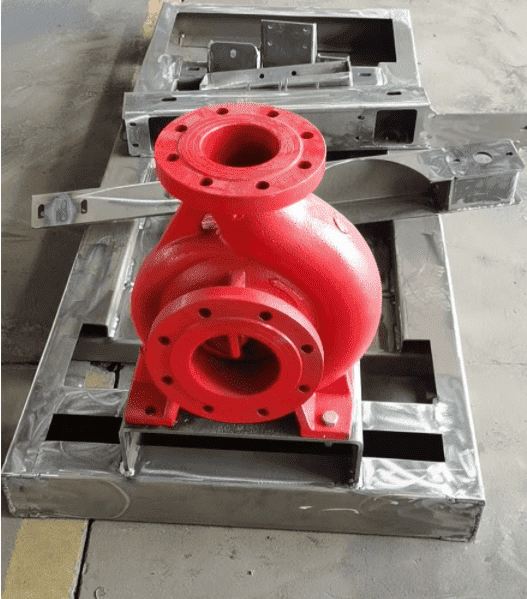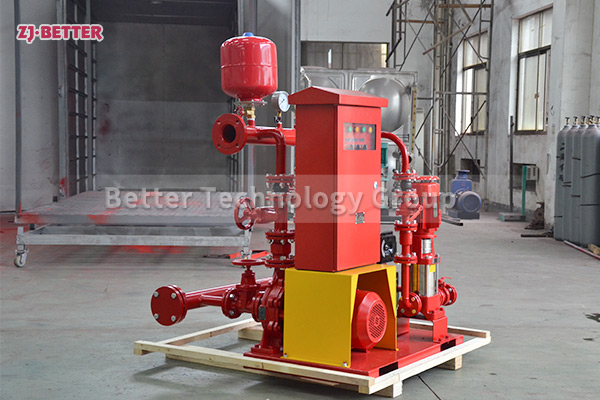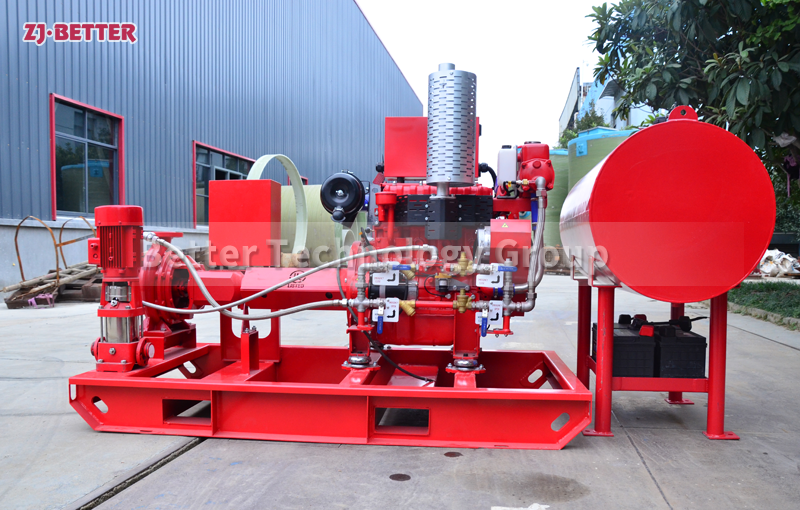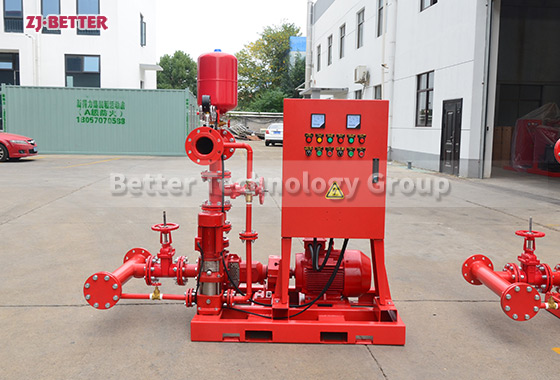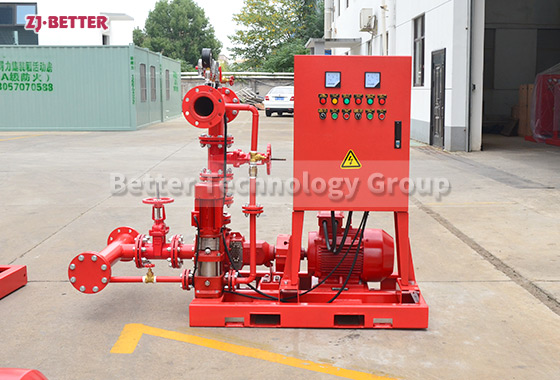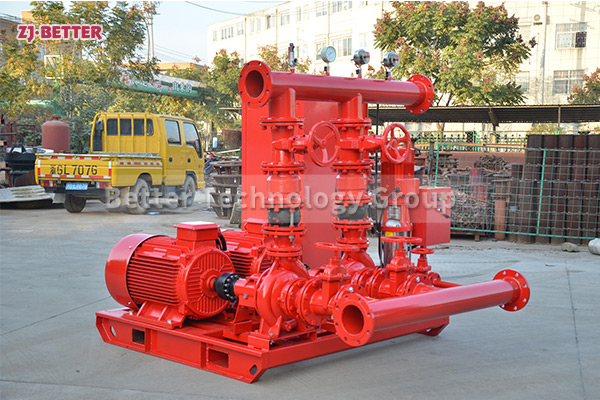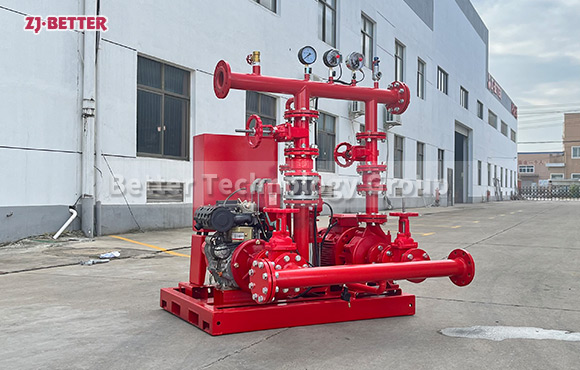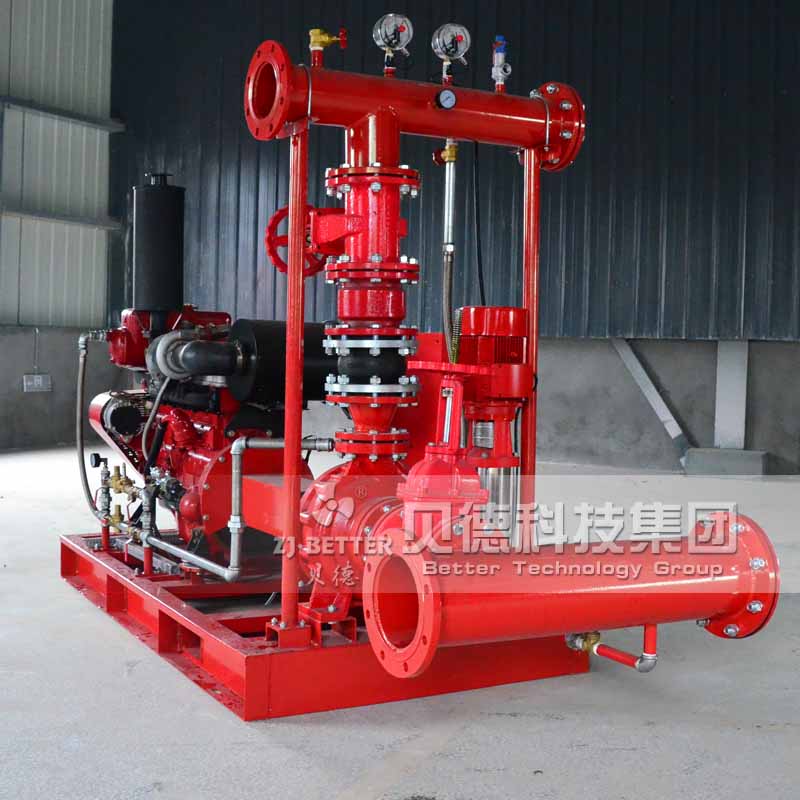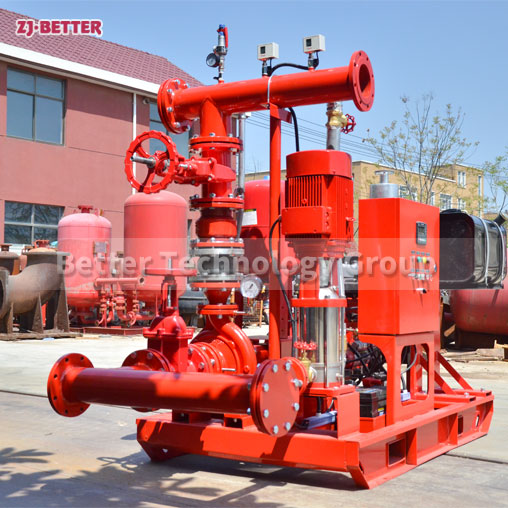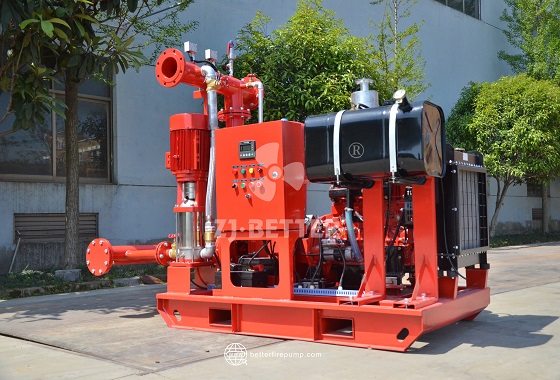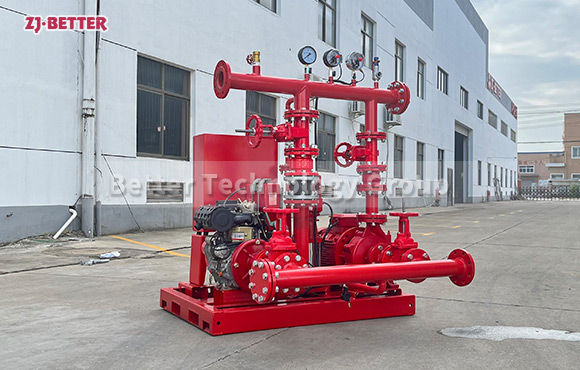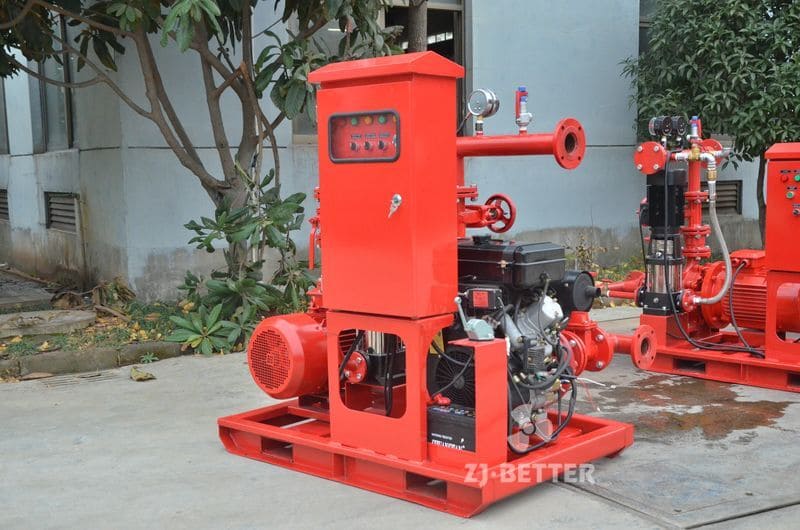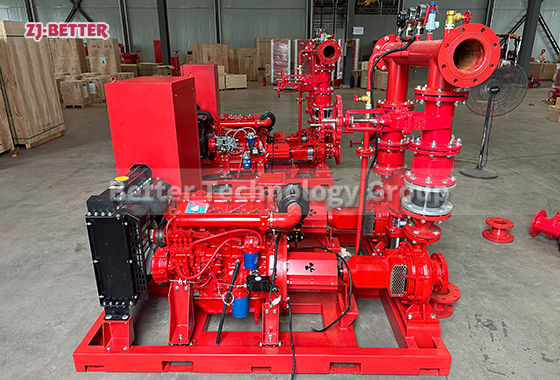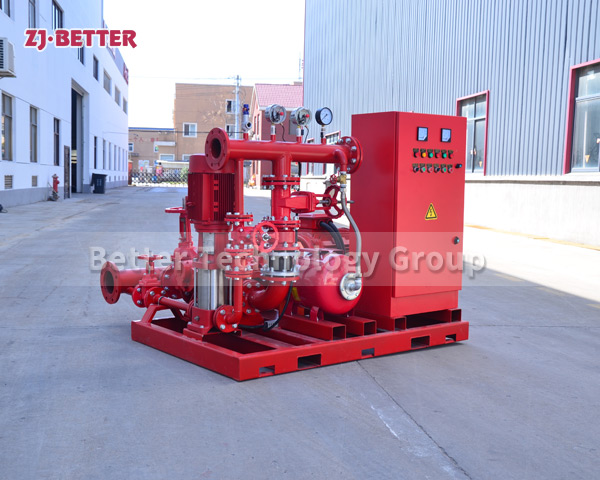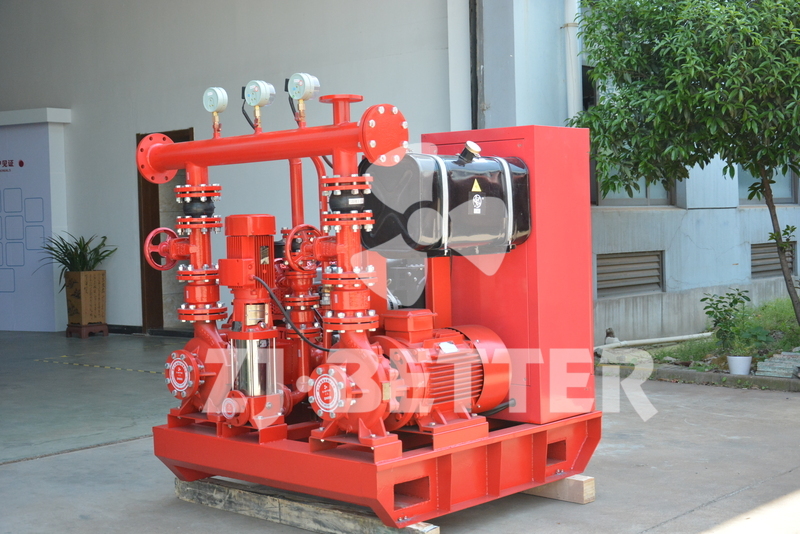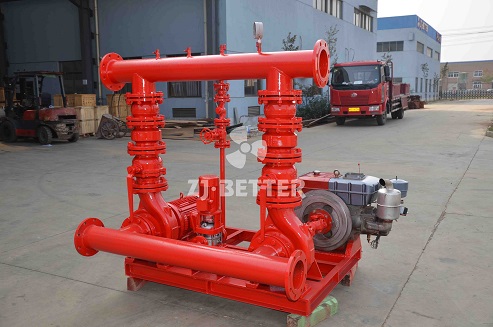What is a fire pump?
Fire pumps are the key to supplying fresh pressurized water to fire protection systems. They do not produce water per se, but add the energy needed to effectively extinguish a fire. These pumps can be connected to sprinkler systems or other external water sources near the emergency situation. Some may actually be connected to a well, reservoir or water body.
Fire pumps are the key to supplying fresh pressurized water to fire protection systems. They do not produce water per se, but add the energy needed to effectively extinguish a fire. These pumps can be connected to sprinkler systems or other external water sources near the emergency situation. Some may actually be connected to a well, reservoir or water body.
can be published in the gazette. There are also different types of products. The most common is the vertical split box, which is easy to use and comes in different sizes to move large volumes of water quickly. Vertical split boxes offer similar benefits, but are of vertical construction, making them ideal when bottom space is limited. They also protect the motor from flooding. In-line vertical pumps are lower, more compact and do not support special liners or foundations. All three pumps operate with positive suction.
Vertical turbines do not support positive suction and can operate without a manual, making them suitable for underground tanks and wells as they force water into the pipes. Ultimately, end suction pumps are vertical, with suction and discharge similar to turbine types.


